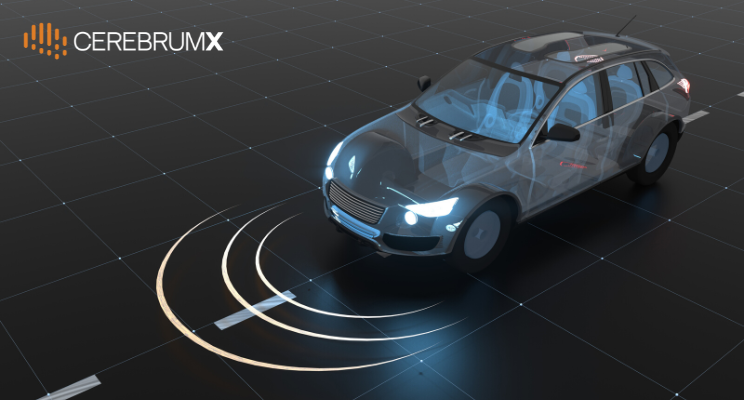Connected vehicles have revolutionized the way we travel. By utilizing advanced technologies such as the Internet of Things (IoT) and Artificial Intelligence (AI) to communicate with other vehicles, infrastructure, and the cloud, connected vehicles have opened new provisions of real-time information transfer, enhancing driver safety, comfort and convenience for us.
Representing a significant step forward in the evolution of transportation, the connected vehicle ecosystem creates a network of nodes that share information and interact with each other. As a result, connected vehicles enable smart solutions by communicating with traffic lights, road signs and traffic volume, to prevent accidents and more.
Despite the numerous advantages that come with connected vehicles, there still remain challenges to widespread adoption and usage. In this blog, we delve into few such significant challenges, and try to find solutions for dealing with them.
Cyber-security Risks
One of the most significant challenges of connected vehicles is cyber-security risk. As the vehicles are connected to the internet and other vehicles, they become more vulnerable to unauthorized access and cyber-attacks. Hackers can access the vehicle’s system, take control of the vehicle, and even steal sensitive data, putting drivers and passengers’ lives at risk. Further, as connected vehicles revolve around the idea of collecting and transmitting massive amounts of trip data, including personal and sensitive information such as driving habits, location and bio-metric data, preventing any breach to this database and avoiding misuse becomes all the more important.
To address this challenge, vehicle manufacturers and system integrators need to prioritize data privacy and security in their design and development process. Multi-layered security measures like encryption, access control, and intrusion detection can help prevent unauthorized access, in addition to ensuring compliance with data protection laws like GDPR and CCPA. They can also strive to provide improved transparency to customers regarding the data being collected and how it’s used, through dedicated platforms, such as CerebrumX Secure Consent.
Cost
High initial cost is another significant challenge standing in the way to adoption of connected vehicles. Since it is currently expensive for vehicle manufacturers and system integrators to implement connected vehicle technologies and infrastructure, relatively to traditional transportation, many consumers and business find it difficult to afford.
Shifting away from additional hardware devices, such as dongles and OBD-II devices, and relying on in-vehicle data attributes can help lower costs and develop cost-effective solutions targeted to a wider range of applications. For instance, utilizing driver behavior habits to construct personalized insurance plans, or usage-based insurance plans, promises reduced premiums and improved coverage, translating to lower costs for both the policyholders as well as the insurance providers. On top of that, CerebrumX offers one-stop solution for all digital insurance needs, helping auto insurers navigate through state filings, government regulations and more, enabling them to cash in incentives and boost profitability.
Infrastructure Readiness
The overall readiness of the infrastructure, including but not limited to availability of connected vehicles, access to high-speed wireless networks and cloud-based platforms, pose as another challenge to connected vehicles. Roadside sensors and traffic management systems are other factors that add to this challenge.
Without proper infrastructure, the full potential of connected vehicles cannot be realized. While it is vital that governments invest in strategies to improve the current infrastructure on one hand, it is also crucial for the service providers to exploit the benefits of connected vehicle data, and create an environment that supports connected vehicles. This might include taping new and unseen applications, such as smart city and traffic management, smart parking and more, prioritizing personalized services to consumers as well as making way for intelligent transportation systems in association with the OEMs.
Realizing the Connected Car as a Source of Interconnection
With the emergence of connected vehicles, cars have become a significant source of data that can be utilized by different industries such as insurance, fleet management, and smart cities, among others. Interconnecting these industries with connected cars can create a powerful ecosystem that can improve the efficiency and effectiveness of various processes, and significantly enhance user experience along the way.
To make this a reality, it is imperative that we create an interconnection medium among the industries, data sources and consumers, for a seamless flow of data that enables informed decision-making. CerebrumX brings this power to the entire automotive ecosystem with its AI-powered Augmented Deep Learning Platform (ADLP) to harness the power of real-time data.
For more information, visit: www.cerebrumx.ai

